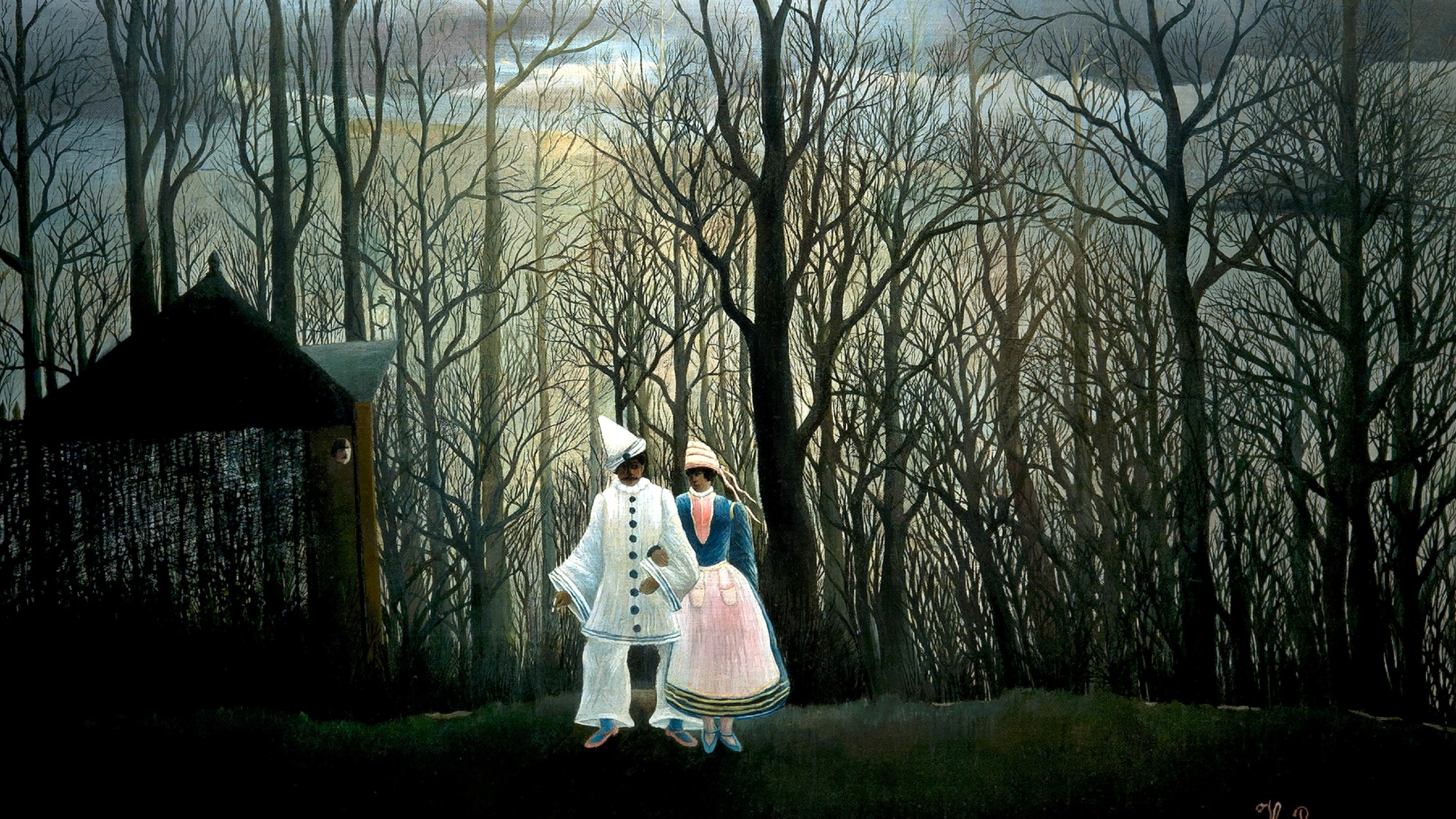Exhibit of the week: Shepard Fairey: Supply and Demand
Shepard Fairey worked under the "mainstream radar" until last year, when he designed a red-and-blue image of Barack Obama accompanied by the word “Hope.”
Exhibit of the week
Shepard Fairey: Supply and Demand
Institute of Contemporary Art, Boston
The Week
Escape your echo chamber. Get the facts behind the news, plus analysis from multiple perspectives.

Sign up for The Week's Free Newsletters
From our morning news briefing to a weekly Good News Newsletter, get the best of The Week delivered directly to your inbox.
From our morning news briefing to a weekly Good News Newsletter, get the best of The Week delivered directly to your inbox.
Through Aug. 16
Until last year, few people had heard of Shepard Fairey, said David L. Ulin in the Los Angeles Times. The graphic designer and erstwhile graffiti artist “has always operated below the mainstream radar,” creating posters, album covers, and samizdat skateboard stickers. Then, last year, Fairey devised a red-and-blue image of Barack Obama, accompanied by the word “Hope,” that was adopted by the candidate’s supporters during the presidential campaign. With the Obama portrait, Fairey “has moved to the center of the culture, providing a graphic as instantly recognizable as the president himself.” Which raises an interesting question: “What happens when an underground artist” suddenly becomes ubiquitous?
He gets a show at a major museum, said Sebastian Smee in The Boston Globe. This enormous retrospective of designs from the artist’s 20-year career at the Institute of Contemporary Art introduces viewers to the man behind the iconic design. “His smart, peppy, decoratively frenetic visuals” combine elements of mid-20th-century advertising, 1960s psychedelia, and “authoritarian chic” harking back to Soviet days. Like Andy Warhol, Fairey frequently appropriates images from popular culture (he recently was threatened with a lawsuit for failing to license the photograph on which he based the Obama image). Yet where Warhol established a cultural norm in which being cool “meant combining personal originality with stanch impassivity,” Fairey points a way toward a new political earnestness. His images have a knack for smashing through his peers’ ironic veneer and creating images that genuinely inspire and provoke.
Actually, this “formulaic” exhibition makes the “Hope” design seem like a one-time stroke of genius, said Peter Schjeldahl in The New Yorker. Fairey’s Obama picture provided the “thrill of concerted purpose,” and was probably the most effective and memorable political image since “Uncle Sam Wants You.” But who remembers the artist who created that? Most of Fairey’s earlier designs were just slick, “well-worn provocations” from the Warhol bag of tricks. He first made a mark on popular culture in the 1990s, with silhouettes of Andre the Giant, Lenin, and Uncle Sam (among other figures) accompanied by the tongue-in-cheek instruction: “Obey.” Later, he rendered Mao on a Saks Fifth Avenue shopping bag and depicted George W. Bush with a set of fangs. That pretty much exemplifies “the caliber of Fairey’s many satirical japes.” Trouble is, Fairey’s parody propaganda becomes increasingly difficult to distinguish from the real thing.
A free daily email with the biggest news stories of the day – and the best features from TheWeek.com
-
 ‘Furious Minds: The Making of the MAGA New Right’ by Laura K. Field and ‘The Dream Factory: London’s First Playhouse and the Making of William Shakespeare’ by Daniel Swift
‘Furious Minds: The Making of the MAGA New Right’ by Laura K. Field and ‘The Dream Factory: London’s First Playhouse and the Making of William Shakespeare’ by Daniel SwiftFeature An insider’s POV on the GOP and the untold story of Shakespeare’s first theater
-
 How to shop smarter with a grocery budget
How to shop smarter with a grocery budgetThe Explainer No more pushing your cart down the aisles on autopilot
-
 Henri Rousseau: A Painter’s Secrets
Henri Rousseau: A Painter’s Secretsfeature Barnes Foundation, Philadelphia, through Feb. 22